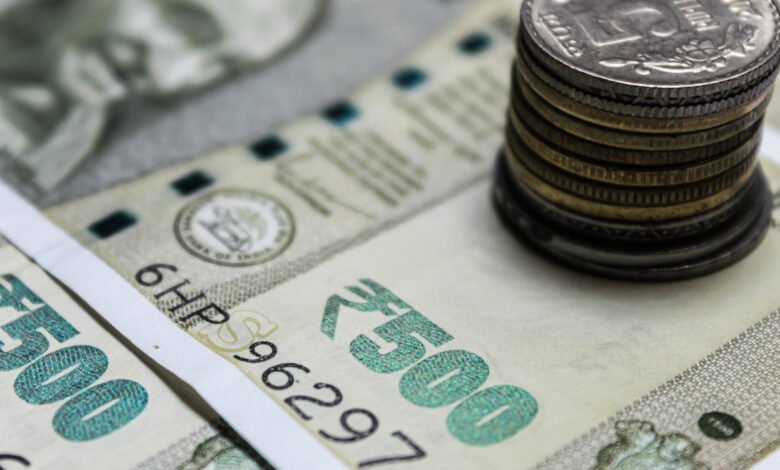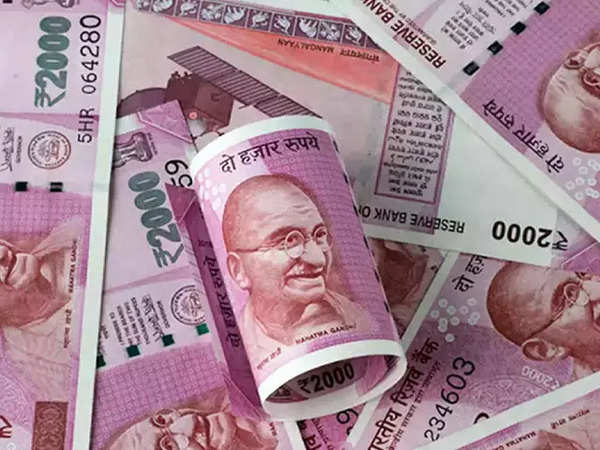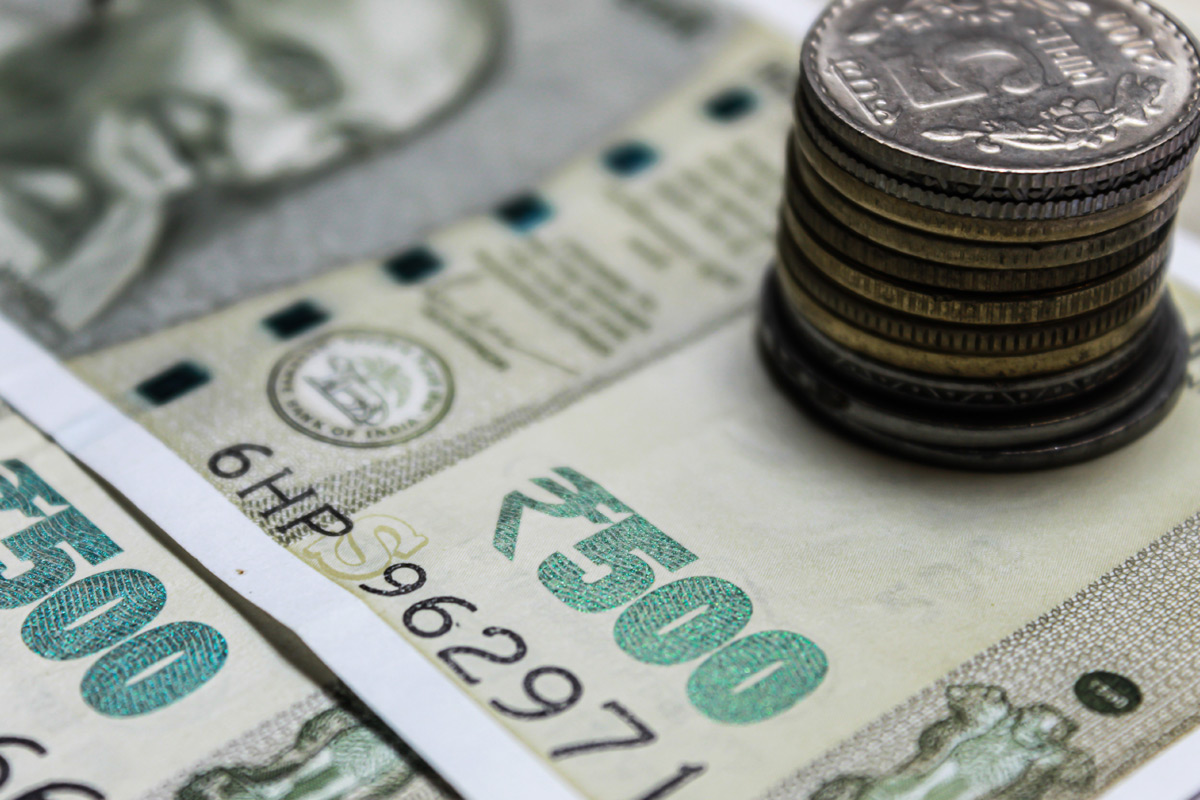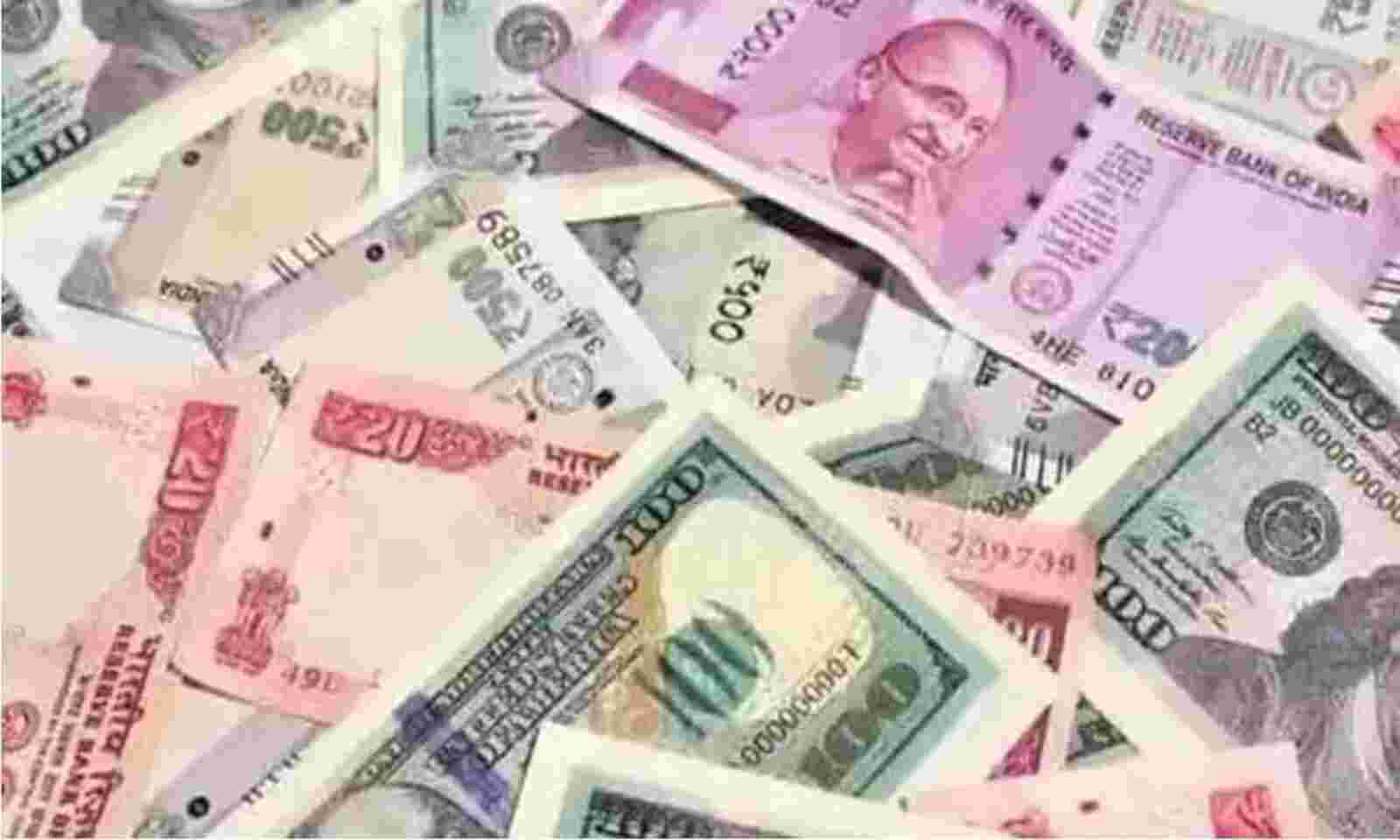Does the Rupee Have the Potential to Dethrone the Dollar in the Global Settlement?

Is the rupee capable of dethroning the dollar in the global settlement? This week, the Reserve Bank of India (RBI) paved the way for a global trade pact denominated in Indian rupees.
The important financial institution stated in a statement that “It has been resolved to install a further association for invoicing, payment, and agreement of exports and imports in INR to boost the expansion of world commerce with a focus on exports from India,” the important financial institution stated in a statement.
Before employing this tactic, banks must first receive permission from the RBI’s foreign exchange division. This coverage strategy aims to “internationalise” the rupee by lowering foreign exchange rates to lower transaction costs associated with international money transfers and funding operations.
The rupee’s sluggish devaluation ought to be taken into consideration even when making this option. While it’s far too early to forecast the repercussions of this decision, it’s far too crucial to talk about if the rupee is prepared to challenge the supremacy of the United States greenback.
The internationalization of the rupee will pretty much help the Indian economic system. First, better change and FDI flows will strengthen our integration into the worldwide economic system. India’s economic system, which is presently the 6th largest in the world, is vast to many countries as a trading partner.
India’s total trade with the relaxation of the arena in 2021–22 became well worth over $1 trillion, and exports exceeded $400 billion for the first time in an economic year. Additionally, India is quickly turning into an acceptable area for worldwide funding. In 2021–22, India saw its highest-ever FDI inflow of $83.47 billion. By using the rupee as an invoicing and remittance foreign currency, Indian corporations may be able to reduce the exchange rate risk they face in the global marketplace.
This will ultimately decrease change-associated transaction expenses. Trade and funding flows will get an upward push because of this. Second, the internationalization of the rupee will assist in enlarging economic markets. According to an ADB study, foreign money internationalization in terms of change agreements has a vast and useful effect on the boom of the economic industry (2014).
The economic marketplace’s growth is predicted to be boosted with the aid of 0.2 percent factors in terms of personal lending and 0.7 percent factors in terms of the inventory marketplace’s overall value. Third, the rupee’s internationalization could become a useful resource for economical establishments with the aid of minimizing foreign exchange mismatches.
The difficulty of the “authentic sin,” or the incapacity of countries to borrow overseas their foreign currency, which is at the foundation of foreign money crises and economic instability, could be resolved. Fourth, India has a big current account deficit. According to the most recent statistics, the change deficit grew by 87.5%, from $102.63 billion in 2021–2022 to $192.21 billion in 2022–2023.
This rapid expansion has been fueled primarily by a rise in the cost of major commodity imports, particularly crude oil. Using the rupee for large imports is likely to help reduce the trade imbalance. Fifth, the authorities’ desire to internationalize money could make it a lot easier to broaden change among India and its South Asian neighbors.
Previously, it allowed India to do worldwide business with Nepal and Bhutan using the rupee. Despite their geographical distance, India is the two nations’ number one business partner. With this change, the rupee may now also be used in formal overseas transactions with all South Asian nations, reestablishing India’s role as the region’s dominating force.
This step should be followed by appropriate reforms that strengthen and expand economic markets that are open to both citizens and non-citizens, as well as increase market liquidity for the rupee to be counted as a global reserve currency daily. To permit limitless economic growth with the drift over the border, India could want to liberalize its capital account. There aren’t any regulations on the number of rupees that may be transformed into different currencies in totally convertible capital bills. The management has an increasing number of liberalized capital accounts.
The RBI, for example, mounted the Fully Accessible Route (FAR) to permit non-resident traders to freely take part in positive authorities’ assets. However, there may be some painting to be done nonetheless. Furthermore, there are worries that India’s number one buying and selling companions could refuse to accept rupee bills in worldwide change. The United States, the United Arab Emirates, China, Singapore, and Saudi Arabia are India’s largest business partners.
The greenback seemed to be one of the world’s most powerful currencies, and it’s, without a doubt, universally felt because of the convenient foreign currency for carrying out worldwide change. To start with, breaking the greenback’s hegemony can be difficult.
We could also use the Chinese revel to reveal how difficult it will be for India to provide an opportunity for the greenback. For many years, the Asian superpower has made a whole lot of attempts to make the yuan aggressive against the greenback. However, as of now, only 3% of global transactions are conducted in yuan (compared to 40% in dollars).
It could be thrilling to see if India can effectively introduce its foreign money to the arena level or if this may continue to be a pipe dream. Will the Sri Lankan rupee get replaced with the aid of the Indian rupee? On July 11th, the Reserve Bank of India advised banks to make additional arrangements for export and import operations in Indian rupees due to rising interest in the foreign currency market among those involved in international trade. In a circular, the significant financial institution said that banks will reap earlier approval from the RBI’s overseas foreign money phase by using this method.
It became determined to introduce a further mechanism for invoicing, payment, and agreement of export and import transactions in INR “to sell the boom of world change with a focal point on exports from India and to aid the developing hobby of the worldwide buying and selling network in INR,” it stated. The applicable banks will want unique rupee Vostro bills from the correspondent banks (s) of the collaborating change nations to settle business transactions.
An article in the Hindu claims that the RBI’s action will ease trade with sanctioned nations like Iran and Russia. However, the selection will become vaster, in particular in light of the latest financial upheaval within the neighboring state of Sri Lanka; at present, one Sri Lankan rupee is equal to 0.22 Indian rupees.
The Sri Lankan News Agency reports that there may be a huge suspicion that the Indian Rupee (INR) will update the Sri Lankan Rupee (LKR) in diverse financial sectors. Early on Sunday, Nandlal Weerasinghe, the governor of Sri Lanka’s significant financial institution, stated on Sunday that the USA’s GDP is probably in agreement with the aid of using more than 6% this year, which could be worse than the pandemic-troubled 2020 while it is reduced in size with the aid of using 3.5%.
Foreign traders can be interested in foreign money swaps due to the stableness of alternative foreign money and can be more organized to pay in INR than in the indigenous foreign currency, LKR, which can be prone to losses in forex markets.
Additionally, with overseas foreign currency, the use is much less likely to have a stability of payment disaster whilst speculators take off and promote the local foreign currency. Roshan Perera, a former director of the Central Bank of Sri Lanka and a senior journeying fellow at the Advocate Institute, asserted that if the LKR had been replaced with an INR, it might now no longer be feasible for Sri Lanka to use the INR as a substitute. It is said in some selected regions. According to Perera, Sri Lanka isn’t like Bhutan and Nepal, where the INR isn’t widely used.
Sri Lanka imports the bulk of its commodities from India. As a result, paying INR for those gadgets is an experience because their fee is already INR. Chaya Damsinghe, Product Head for Macroeconomic and Thematic Research at The Economist and Frontier Research (Pvt) Limited, said on Sunday morning that a partial alternative might not change “anything.” Chanuka Senarath, Senior Lecturer and Attorney-at-Law, Department of Economics, Faculty of Arts, Colombo University, claimed that Sri Lanka could probably lose a number of its countrywide sovereignty if the LKR had been replaced with the aid of using INR or some other overseas foreign currency.
He could have no impact on them at all. It’s exciting to read that in the southern Kherson region, where the rupee has the potential to dethrone the dollar in the international settlement, the ruble and the Ukrainian hryvnia are convertible. In anticipation of this, the Reserve Bank of India (RBI) opened the door for a global trade deal in Indian rupees.
edited and proofread by nikita sharma





